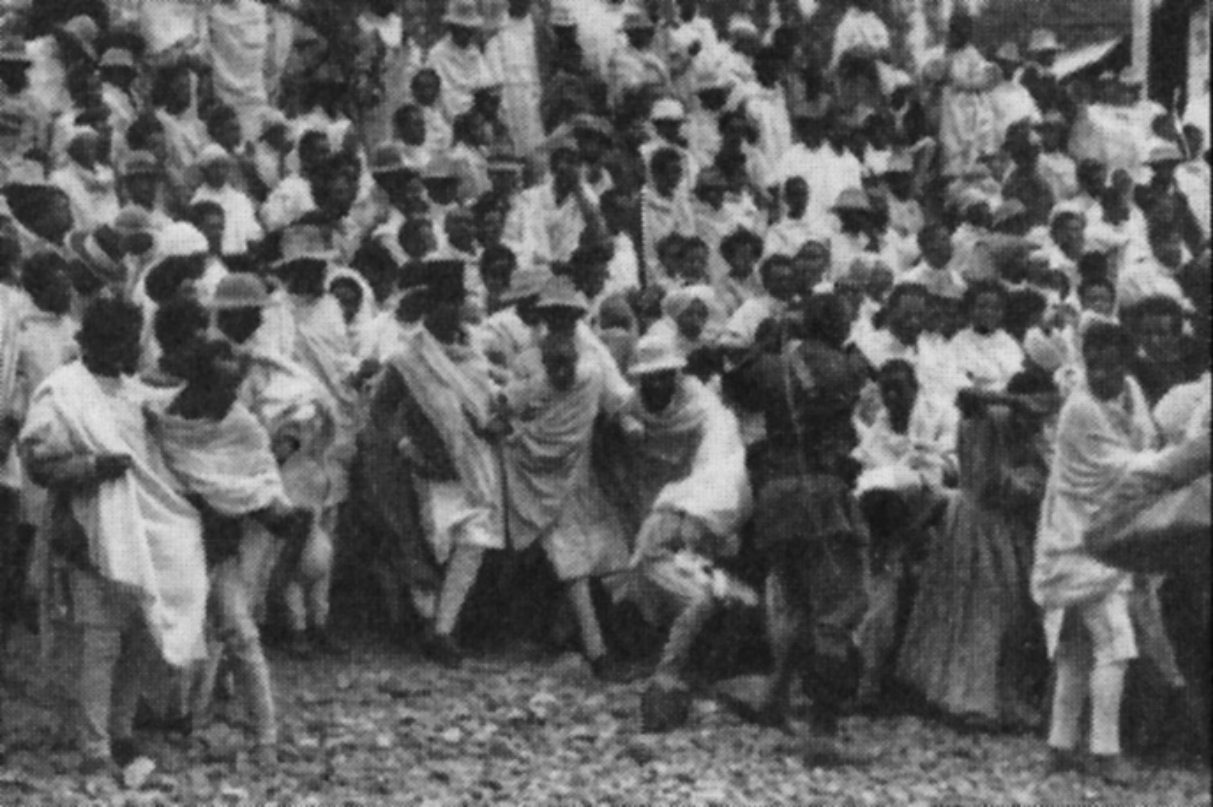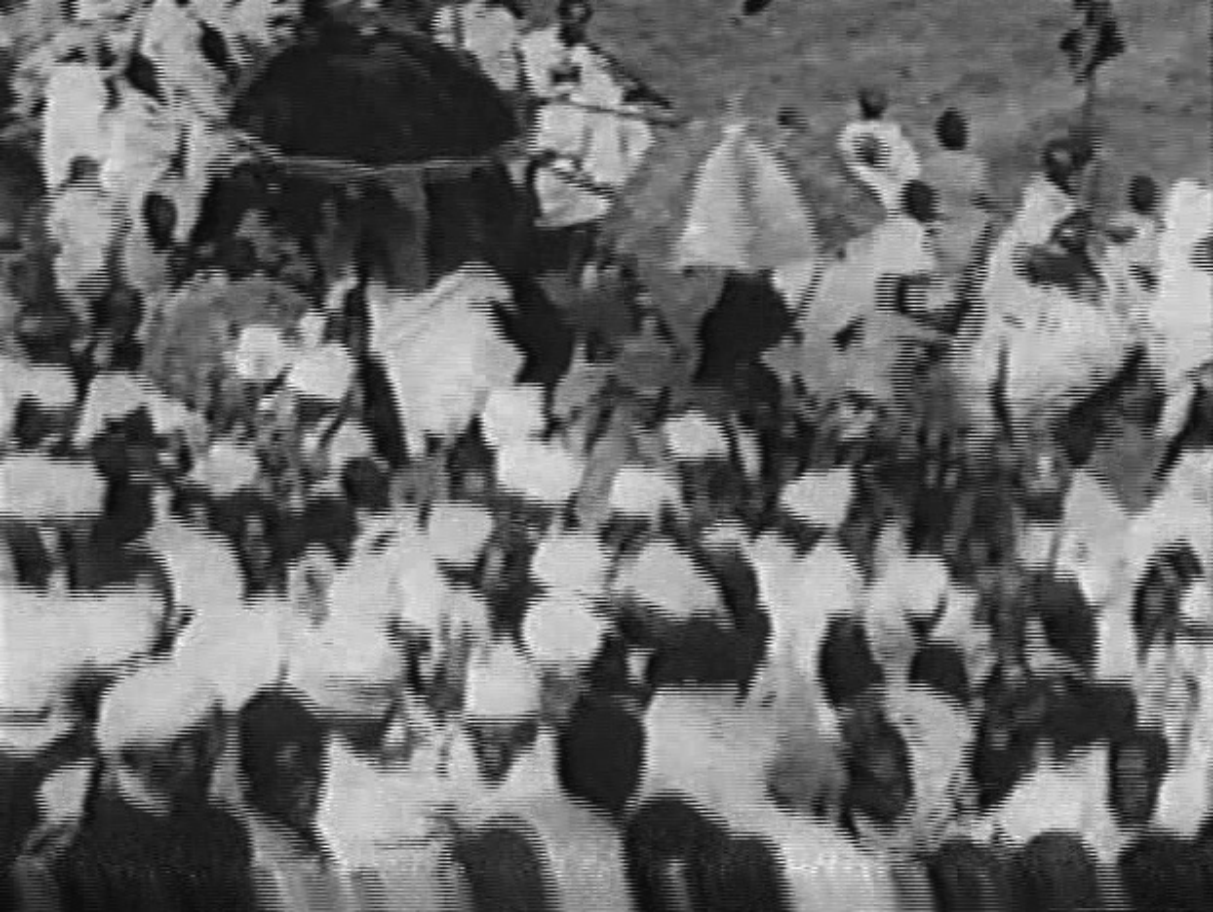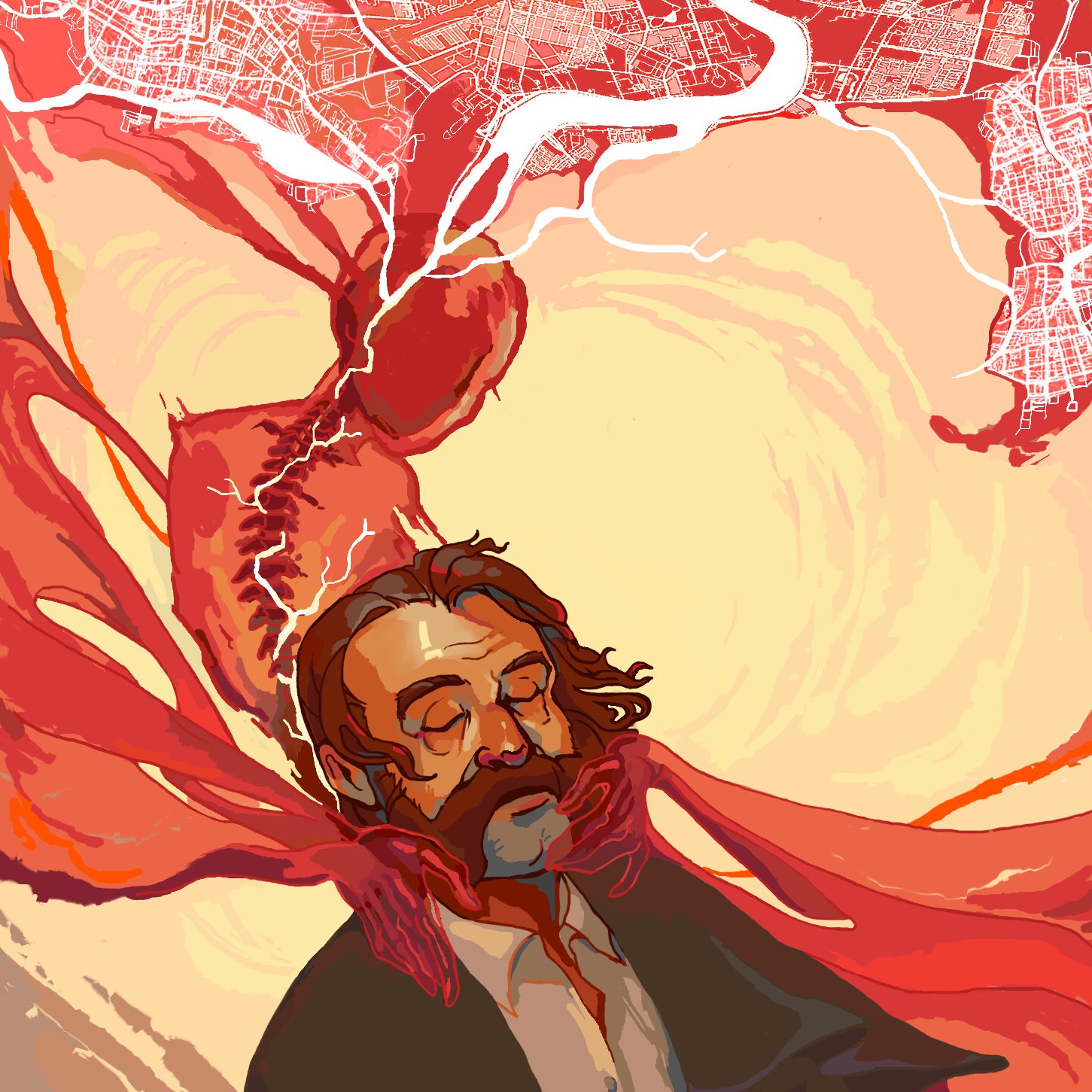- cross-posted to:
- history@hexbear.net
It is, sadly, timely that I should discuss this.
Despite the Addis Ababa massacre, or Yekatit 12, being the most infamous Fascist atrocity in (East) Africa, few ordinary adults in the Northern world are aware of it. Indeed, I have a feeling that even many antifascist activists are unaware of it. Quoting Ian Campbell’s The Addis Ababa Massacre: Italy’s National Shame, page 2:
[T]he bloodbath remains largely unknown outside Ethiopia, and is rarely mentioned in published historical literature. Even when it is mentioned, there remain widely divergent opinions about the scale and nature of the massacre, and who was responsible.
We aren’t entirely to blame for this, for reasons which you’ll soon be ready to deduce.
First, some background. Pages 47–8:
In December 1936, seven months after the beginning of the Occupation, former Ethiopian government officials in Addis Ababa, in collaboration with members of the Emperor’s entourage in exile in England, recruited a number of activists to make a public strike against [Rodolfo] Graziani’s seat of power in [Ethiopia’s] capital, the Governo Generale.
The sovereign’s position in the League of Nations was precarious at the time, owing to the number of countries that were beginning to recognise the Occupation, and it was hoped that a dramatic public attack on the [Fascists] would convince wavering members of the League that they were not in control of the country.⁵⁴
When Graziani decided to imitate the former Emperor by holding a public alms‐giving ceremony on Friday, 19 February 1937 (12 Yekatit 1929 EC), the plotters targeted this date for their strike. They had managed to recruit ‘insiders’ to lead the attack: two [Fascist] colonial subjects of Eritrean origin who had left Eritrea for Ethiopia before the [re]invasion to pursue secondary education, which was prohibited for Eritreans in the [Fascist] colony.
Named Moges Asgedom and Abriha Deboch, both were employees of the […] occupying authorities in Addis Ababa. In fact, Abriha was a member of Graziani’s Political Office, which was responsible for clandestine intelligence‐gathering from local informers. But, disgruntled, he had become a double agent.
Unfortunately, the plotters’ homicide attempt would inspire the wrong crowd. Pages 50–1:
When Graziani spoke, he delivered his speech with such fury and passion that Lieutenant Meleseliñ, who was apparently standing to the Viceroy’s far right, some distance from the loudspeakers on the other side of the palace front, looked around to see how he might get away quickly, should the soldiers open fire. […] The speeches over, the crowd began queuing to collect their thalers. After the first few beneficiaries had received their alms and returned to the crowd, the [Fascists] started relaxing and chatting to each other.
But at around 11:40 A.M. they were caught unawares. A grenade exploded out of their line of vision, above the portico. They heard the noise but were not sure what had happened. This was followed by another explosion, which created confusion on the dais, and then a third one which caught Graziani in the back as he turned to run back into the palace. A total of nine grenades were thrown.⁷
Having no idea where the grenades were coming from, or what was coming next, the [Fascists] paused for a few moments and waited for the explosions to cease. Then, nothing happened. There was no follow‐up; no uprising. There was a brief silence, as the unconscious Graziani was picked up and taken off the dais, to be carried to the car park and rushed to hospital.
At that moment Guido Cortese, the hard‐line federal secretary of the Fascist Party, reportedly reached for his pistol and opened fire on some of the Ethiopian notables. That shot was the trigger for the Massacre of Addis Ababa.
Not ones to let a good crisis go to waste, the other Fascists at Addis Ababa quickly initiated a fusillade. Pages 51–5:
As Cortese let loose with his pistol, his Fascist colleagues followed suit, and askaris started attacking the crowd. Once the smoke and dust from the hand grenades had cleared, and the Viceroy’s convoy had left the premises, it was obvious that the unarmed elderly and dispossessed posed no threat to the Italians, but at that point bloodlust took over from panic, as carabinieri and regular [Fascist] soldiers, in a state of fury and excitement, added to the pandemonium by firing repeatedly into the Ethiopians.
[…]
Had the commanders taken stock at that moment and brought the firing to an end, disaster could have been averted. But the high officials—some of them injured—were in disarray, and the initial shooting turned out to be the prelude to an onslaught from which there would be no escape, for within seconds the unthinkable happened.
Over the heads of the injured [Fascists] now being carried off the dais, the heavy machine guns above the portico burst into action, sending volley after volley into the defenceless throng. From the moment of that fateful decision there was no turning back.
14. Askaris start attacking the Ethiopians. Here the camera captures the moment that an askari, viewed from behind, begins an assault on the crowd, apparently with a long‐handled whip. Trying to back off, those at the front are unable to escape from the tightly packed throng. Seconds later, the soldiers open fire[.]
15. Apparently filmed from the balcony of the Governo Generale, people at the back of the crowd (in this section consisting mainly of Orthodox priests) are trying to run away as shooting begins and panic breaks out[.]Only a handful of the 3,000 Ethiopians at the palace that morning survived. For this reason, eyewitness accounts of the slaughter in those awful moments are rare. But one such report is that of Temesgen Gebré, a young Ethiopian Protestant who had been befriended and strongly influenced by Alfred Buxton of the British Bible Churchmen’s Missionary Society, who had arrived in Ethiopia in 1934. Temesgen was trapped in the crowd as it was mown down.
Eight years later, as a well‐known writer, he told of his confusion, and how he was protected from the machine‐gun fire by bodies falling on top of him: ‘As the machine guns were firing from the balcony of the Palace, I looked at the Palace, to learn from which direction the bullets were coming. The heavy machine guns were firing exactly from the first floor of the Palace, and it seemed to me the Palace was moving backwards.’⁸
[…]
The slaughter, originally triggered by panic and fear that an attack was imminent, was exacerbated by a general breakdown of discipline and order. The upshot was that, watching horrified as events unfolded in front of them, and unable to get away, the majority of the Ethiopians died where they fell in the palace courtyard, in tangled heaps of bodies.
Horror‐struck but unable to do anything other than attempt to save himself, Lieutenant Meleseliñ watched in disbelief: ‘The dead fall upon the dead. Human blood streams like floodwater from the rain. The priests and the deacons fall to their death carrying the cross.’¹¹
Amid the infernal din of the machine guns, the shouting, the screams, the dust, the smoke and the general pandemonium, a few at the front of the crowd tried to reach the safety of the palace building; those at the back tried to run away. Some tried in vain to hide; the elderly and infirm, and those trapped in the crowd, died where they stood.
But the killing was not confined to the regular soldiers, nor was shooting the only method of execution, for Blackshirts were beginning to turn up, chasing any Ethiopians they saw trying to escape. Some were carrying guns; others were pulling out their daggers. According to one eyewitness, ‘All the Ethiopians found on the premises were killed by the Fascist militiamen, with revolver shots, bayonets, and daggers, whatever came readiest.’¹²
In the panic, the few [unarmed Fascists] present also seized whatever weapons they could find. One of them was an Italian journalist named Ciro Poggiali, who was standing on the dais behind Graziani when the putative assassins struck, and whose son later published his father’s personal diary of the events in Ethiopia of 1936–7. Poggiali related how he quickly found himself a weapon as he—like many others—feared that armed ‘rebels’ had arrived in the city.¹³
What the Fascists beyond the courtyard established next truly made my eyes widen. Page 59:
Because the [Fascists supposedly] feared that an attack on Graziani would be followed by an armed assault on the capital by rebels (as had occurred a few weeks after the beginning of the Occupation), within minutes troops had hurried to their alarm posts, and a prearranged procedure had swung into action.¹
Soldiers from the nearby Regia Aeronautica headquarters at the former Menelik II School² were summoned urgently to the palace, and flung a cordon around the area, creating a circle of death within which any Ethiopians found on the streets were liable to be killed. Thus, within minutes, people in this area were being slaughtered by [formerly unarmed Fascists], who were grabbing any object within reach that could be used as a weapon, by soldiers of the regular army and the air force, and by militarised labourers with their shovels.
In a (mostly vain) attempt to conceal their atrocities, the Fascists also limited Addis Ababa’s contact with the outside world. Page 104:
As the afternoon drew to a close, more and more Blackshirts and [other Fascists] appeared on the streets. All postal and telephonic communications in and out of Ethiopia had been suspended,²⁶ a measure designed to put an information blackout over the terror that was about to be unleashed. The result was that the European news agencies were for some time starved of information, and many of their early reports were speculative.
(Emphasis added in all cases.)
The Fascists continued this massacre for two more days, and Campbell conservatively estimates that it resulted in a minimum of 17,840 Ethiopians dead (though the actual number might have been as high as 20,538). Needless to say, I could share more, but I always try to keep these threads at manageable lengths for readers with limited time on their hands.
You can stop reading past this part if all that you wanted to know about was this massacre, but I would like to take this moment to address my motive for sharing this. I am neither Ethiopian nor any other sort of African. Nobody from Africa or anywhere else even prompted me to try writing this. I shared this because I made it my task to educate others on fascism. Nothing more, nothing less.
When I decided to start studying fascism seriously in early 2017, I never would have imagined that every day I would share historic anecdotes about it on a social network. I thought that it was going to be a simple in‐and‐out process to prepare myself should I have to directly encounter the alt‐right.
I was not even particularly aware of the Fascist invasion of Ethiopia until somebody on a Discord server mentioned it to me on September 2017, and since then I realized that not only am I never going to have a perfect understanding of fascism, nobody can. The sheer magnitude of its effects is impossible for any individual brain to handle. The same can be said for both capitalism and anticommunism in general.
Nonetheless, I do not let that impossibility discourage me; I don’t need perfection, I just need a consistent will to learn more. Thus, I still make an effort to learn as much as I can, and as long as I can I always try to encourage others to learn, because there was nobody there to always encourage me. Thank you for reading.
Click here for other events that happened today (February 19).
1910: Prince Nagahisa, Imperial captain, came to be.
1932: The League of Nations reviewed the facts regarding the Imperial violation of Chinese sovereignty, but it would fail to result in any action against Imperialism.
1935: The Fascists’ FN.305 prototype aircraft took its first flight.
1938: The British cabinet rejected Foreign Secretary Eden’s proposal to request Fascist Italy to withdraw its troops from Spain. The cabinet had allegedly hoped that the presence of other Fascist troops in Spain would somehow discourage further aggression from the Third Reich.
1940: Berlin, alarmed by the Altmark Incident from three days earlier, ordered to hasten the planning of the invasion of Norway.
1941: The Fascists established the name German Africa Korps (Deutsches Afrikakorps) for the Reich’s forces in North Africa, and it began to patrol out of Tripoli, Libya.
1942: Vichy France tried General Gamelin, Leon Blum, and Paul Reynaud for being responsible for 1940 defeat, but the trial would not be carried through.
1943: Rommel launched a surprise counterattack at Kasserine Pass, Tunisia, overwhelming the fresh but inexperienced Yankees, and the Reich’s head of state departed the headquarters of the German Army Group South, which began a counteroffensive toward Kharkov, Ukraine and Belgorod, Russia.
1944: The Fascists deported 141 Libyan Jews held at the Fossoli transit camp near Modena, Italy to the Bergen‐Belsen concentration camp in the Third Reich.
1945: Heinrich Himmler made his first contact with Swedish Count Folke Bernadotte regarding a separate peace, and an Axis V‐2 rocket hit Bawn’s factory at Blackhorse Lane in Walthamstow, London, massacring eighteen people, injuring dozens more, and damaging hundreds of houses.
1953: Nobutake Kondo, Axis admiral, died.
Ever thought about converting all of your posts here into a book at some point?




